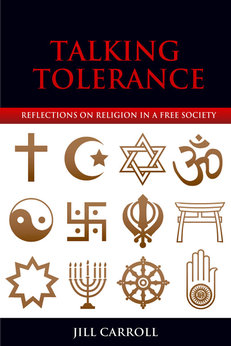The Basics of Taoism
Taoism is one of the two most influential and prominent indigenous philosophies of China - the other one being Confucianism. Together, they form "two sides of the same coin" of Chinese religion.
There are four main sources of Chinese religion as a whole:
- ancient folk heritage
- Confucianism
- Taoism
- Buddhism
The first three are native or indigenous to China. Buddhism comes to China from India, but quickly acclimates itself to the native traditions.
These four blend and mingle with each other for thousands of years across the history of China. In fact, there is an old Chinese saying that expresses this mingling:
Every Chinese person wears Buddhist robes, a Confucian cap and Taoist sandals.
Taoism - also spelled with a "d", or "Daoism" - began at about the same time as Confucianism, in or around the 6th century BCE. In many ways, it is a competing philosophy with Confucianism and offers critiques of its social and political theory.
Of the two religions, Confucianism was the first to enjoy imperial patronage, so it was the first to become popular and widespread. After the Han Dynasty, however, Taoism and Buddhism flourished and eclipsed the literati tradition of Confucianism. This flourishing lasted from about the 3rd - 7th centuries CE, during the 400 years or so between the Han and Tang Dynasties.
There are two basic forms of Taoism:
1. philosophical – this form is associated with teachings of Lao tzu and Chuang tzu. It resembles a form of nature mysticism in many ways. It speaks of an ideal sage who returns to an undistorted way of being by contemplation of the Tao and living a life of pure naturalness.
2. religious/magical – this form developed from the philosophy of Lao tzu and others, and then blended with older forms of magical and ritual based traditions present in China. It resembles more closely a religion - not just a philosophy - with rituals, sacred spaces, practices, etc. Famous religion scholar Huston Smith calls this form of the religion a “funeral racket.”
Here in these webpages, we will focus on the first form, the classic philosophical form that presents the central themes of the Taoist worldview. These themes include living a life of simplicity, naturalness, compassion, and a lack of willful striving or manipulation. It also involves a deep acceptance of the deep rhythms of nature and the "way of all things."
Click the links below to learn more about the leading figures of this philosophy as well as its central ideas and teachings.
Related Pages
Free Video Training for Teachers
Learn the best practices of bringing the world religions into your curriculum and how to deal with religious diversity in your classroom & school.
Click here to get the free training now!
World
Religions
Chart
Check out this handy chart that explains many of the world's religions. This is perfect for students, teachers and anyone who wants basic reference info at their fingertips.
Dr. Carroll's
Latest Book
Available from Amazon in both Kindle and paperback.

